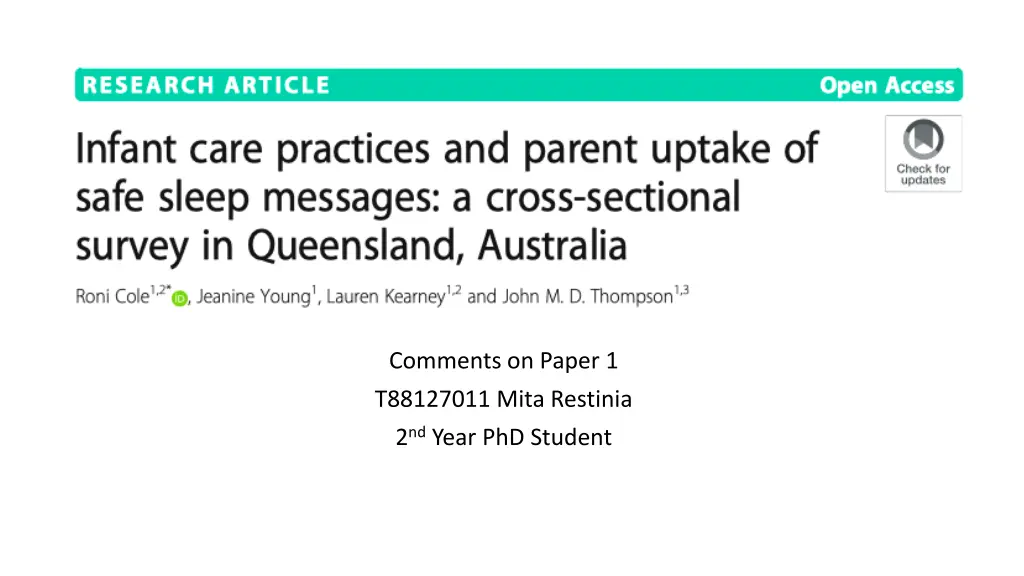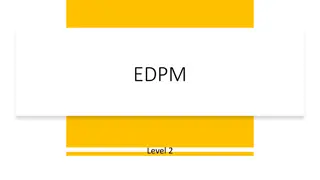
Understanding Challenges in Safe Sleep Research: Critical Analysis
Explore the impact of low response rate, definitional inconsistencies, and social desirability bias on safe sleep research findings. Learn strategies to address these challenges for informed interpretations and future studies.
Download Presentation

Please find below an Image/Link to download the presentation.
The content on the website is provided AS IS for your information and personal use only. It may not be sold, licensed, or shared on other websites without obtaining consent from the author. If you encounter any issues during the download, it is possible that the publisher has removed the file from their server.
You are allowed to download the files provided on this website for personal or commercial use, subject to the condition that they are used lawfully. All files are the property of their respective owners.
The content on the website is provided AS IS for your information and personal use only. It may not be sold, licensed, or shared on other websites without obtaining consent from the author.
E N D
Presentation Transcript
Comments on Paper 1 T88127011 Mita Restinia 2ndYear PhD Student
Comment 1. Response Rate The overall response rate of 33% showed us higher portion of families did not engage with the survey. Families who chose not to participate may differ considerably in their infant care practices compared to safe sleeping program. In addition most participants have higher socioeconomic status and may have good literacy about this program. This raises concerns that the findings may overestimate safe sleep compliance. In light of this, if you are the author, how to account for these non- respondents in interpreting the results to ensure a balanced view of safe sleep practices?
Comment 2. Inconsistent definition The study highlighted significant inconsistencies in definitions such as bed-sharing and co-sleeping, which could confuse caregivers to response the questionnaire. How might these definitional inconsistencies affect the study s results and their interpretation? How to improve it for further study?
Comment 3. Self-Reported Data The reliance on self-reported data through questionnaires may introduce social desirability bias, leading participants to provide responses they believe are more socially acceptable rather than their true practices. Considering this potential bias, what measures were taken to validate the accuracy of the self-reported data, and how might this affect the reliability of the findings?





















